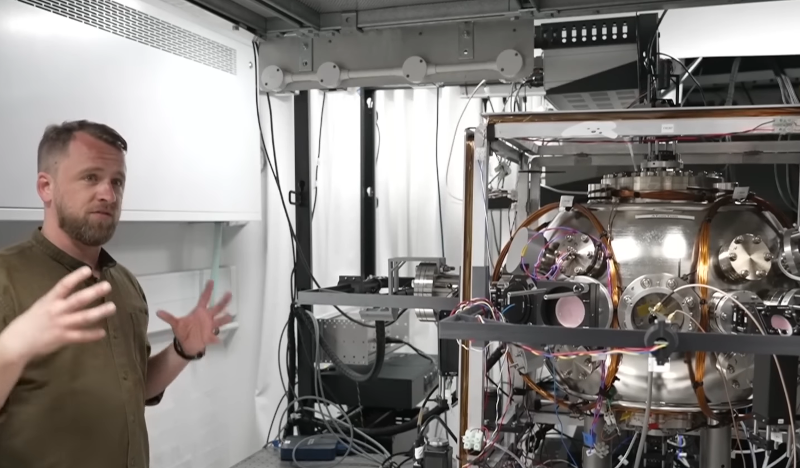If you regularly use people who regularly use more than one WhatsApp account this new beta update is going to be of interest to you. The messaging app is reportedly working on multi-account support for its Android app, an update that would allow you to switch between profiles on the same device, WABetaInfo reports. The feature appears to work just like changing accounts on fellow Meta-owned app Instagram with a pop-up at the bottom of your app showing current accounts and the option to add new ones.
Any new accounts will be stored within your device and, of course, can be logged out of at any point. Multi-account support might be advantageous if you have different work and personal numbers or want to try out recent social media-centric WhatsApp features like Channels. This update lets you send broadcasts like photos and polls to followers, with WhatsApp planning to monetize it for creators in the future. Similarly, WhatsApp has reportedly been working on a username feature that would allow you to find people the same as Instagram or Twitter, without having their phone numbers.
Multi-account support also follows the iOS and Android release of companion mode, an update that allows you to use the same WhatsApp account on up to four phones. Previously, you could only be logged in on a single mobile phone along with your tablet and computer.
Source: WhatsApp may soon let you add multiple accounts to one device | Engadget





